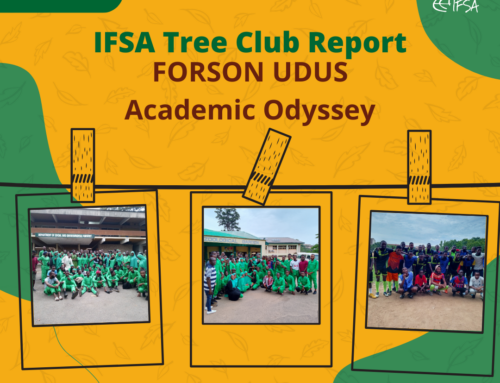As we begin the second week of the 13th Convention of Biological Diversity (COP13 CBD) we continue to be bombarred with complex ideas, policy and statistics. There was no lack of these in the two major events I attended today. The first in the Rio Conventions Pavilion looked at the progress toward developing protected areas in line with Aichi Target 11. The target calls on all parties to increase the area protected within their countries to 10% of land area and 17% of inland and terrestrial waters (including it would appear the area with each country’s Exclusive Economic Zone). From the presentations heard, most regions including the African continent are making considerable progress toward this target (although as we have heard previously the marine target is unlikely to be reached globally). One type of protected area that appears to have been quite common to countries across several regions is that of the community protected area. This is a reserve managed by communities on behalf of the government, with all the benefits that local knowledge has.
The second major event I attended today further explored what has been one of the dominant themes underlying side events at this convention. The future of conventional agriculture has been discussed from two different perspectives. One position is from the perspective of the scientists and predominantly developed countries currently benefiting from synthetic gene research. They argue broadly that technology can solve the looming food deficit as population growth is predicted to peak at somewhere north of 9 billion. This method expands upon the current paradigm in developed agricultural practices of highly specialised industrial monocultural production.
The opposing position is that extensive genetic modification is a ‘techno fix’ which does nothing to solve the underlying problems of soil degradation and biodiversity loss. Curiously many members appear to be opposed even to organic farming methodologies (due to their predominantly monocultural production), despite this being one of the sources of traditional opposition to synthetic gene development and applications. The position stated in the report presented by iPES-Food, an international body of experts in agricultural production, is the best reflection of this position at the convention. The report calls for worldwide adoption of a new paradigm of agricultural production rooted in a set of principles which can be adapted to any situation. This paradigm would be based on Diverse Agricultural Systems, drawing upon local biodiversity, traditional knowledge, scientific best practice soil management and natural synergies much as a natural ecosystem would do. The presentation for this report included a presentation from the French delegation detailing how as a nation, France is already embracing this paradigm. Braulio Dias the Executive Secretary of the CBD also spoke in favour of the report and its findings.
The future of agriculture, it is clear from both my experience and that shared by delegates and observers at this CBD convention is one which faces immediate and serious threats. iPES-Food and other non- and inter- governmental agencies suggest that an integrated agroecological approach may offer a partial solution to the threat conventional agriculture has on global biodiversity. This is an idea worth considering in the context of forestry as a set of principles which could be applied to agroforestry as well as wider environmental problems in parallel to protected areas.
By Patrick Nykiel
The present text was wrote on December 12th
]]>



